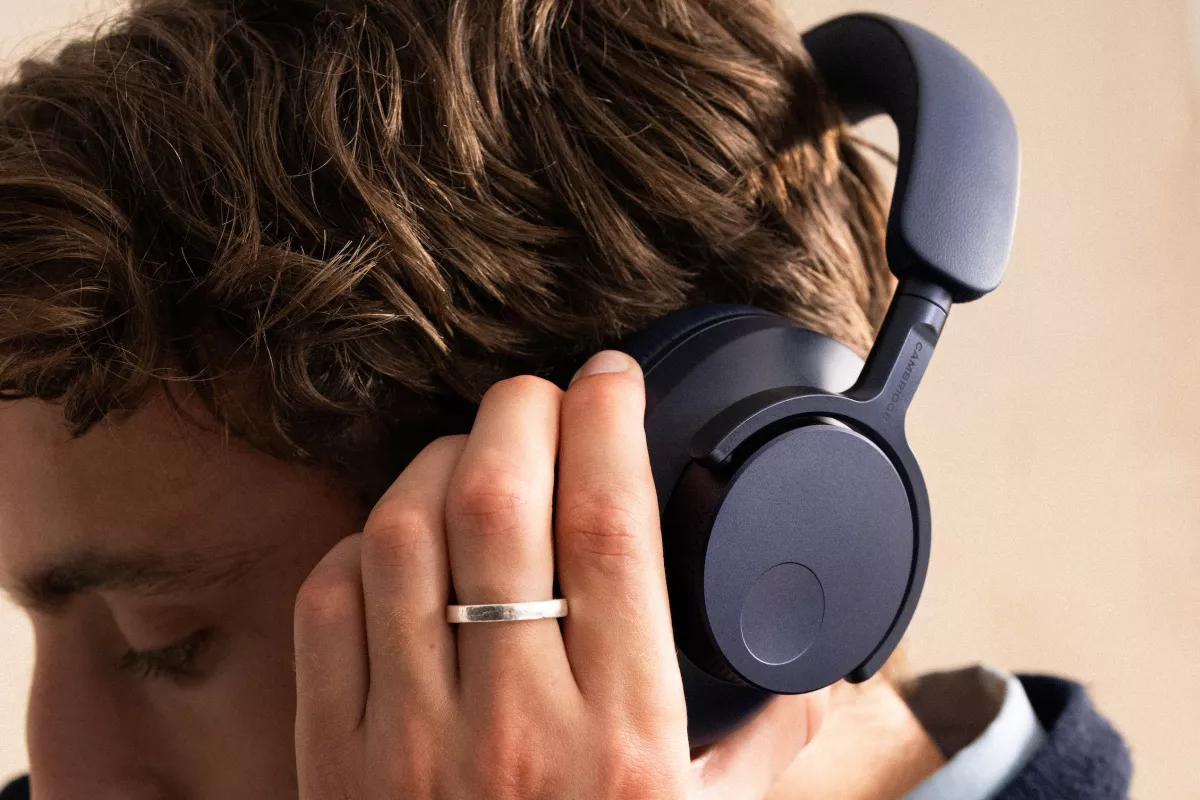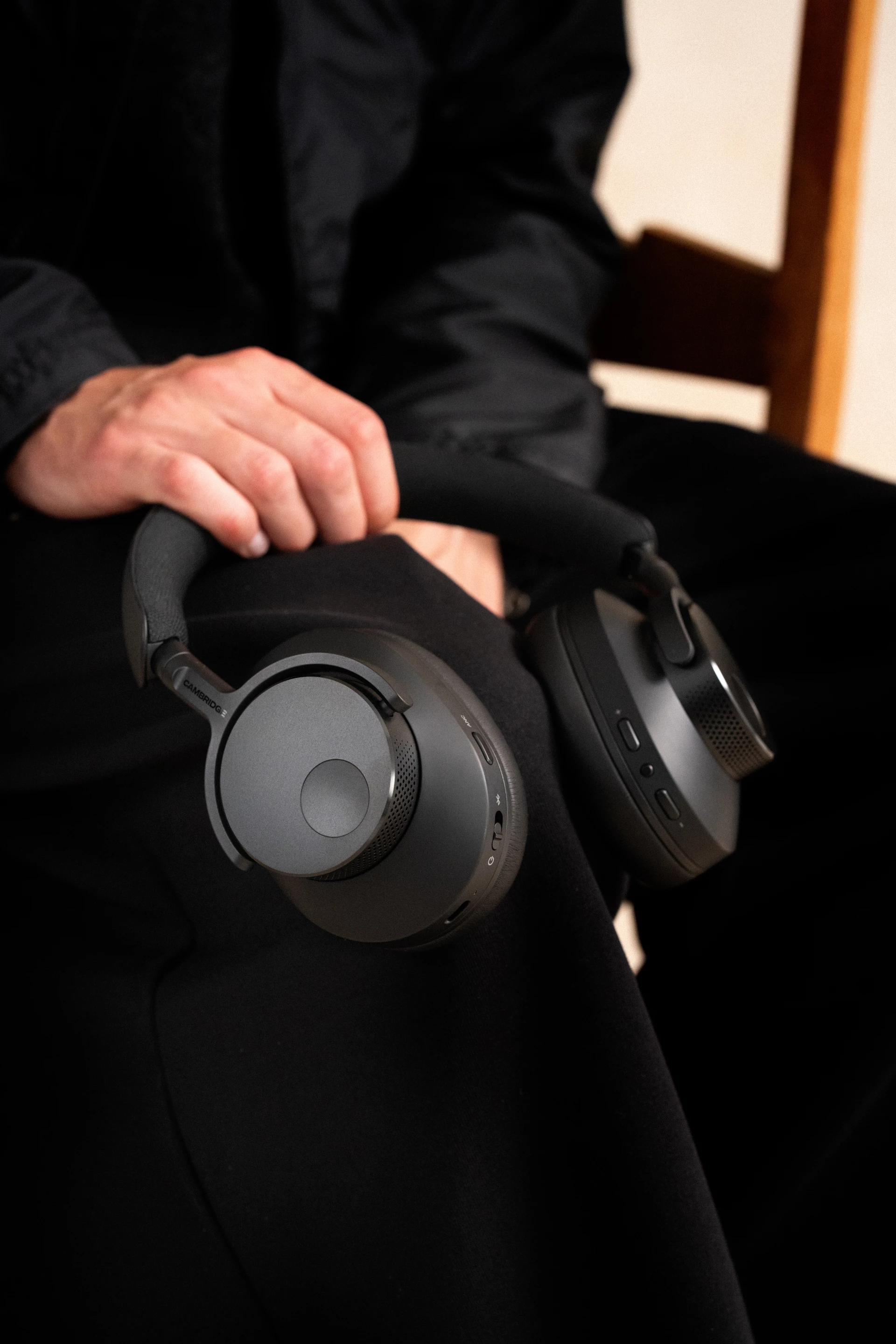UK audio gear maker Cambridge Audio launched a pair of wireless ANC headphones last year that hated being plugged into a wall outlet for a recharge. Now the company has refined the sound, improved on the long-haul comfort and introduced a new colorway.
At launch, Cambridge Audio said that its first pair of over-ear headphones "builds on over 50 years of audio expertise and an unashamed passion for music to deliver truly emotive sound from meticulously tuned premium drivers and hi-fi-grade Class AB amplification."
With active noise-canceling engaged, the built-in battery was designed to last 60 hours between charges, which could stretch to 100 hours if ANC was turned off. There was support for fast-charging as well, which promised around 2 hours of ANC listening for just 5 minutes plugged into a wall outlet over USB-C. And a Melomania Control mobile app catered for tone tweaking to personal taste using the seven-band EQ.
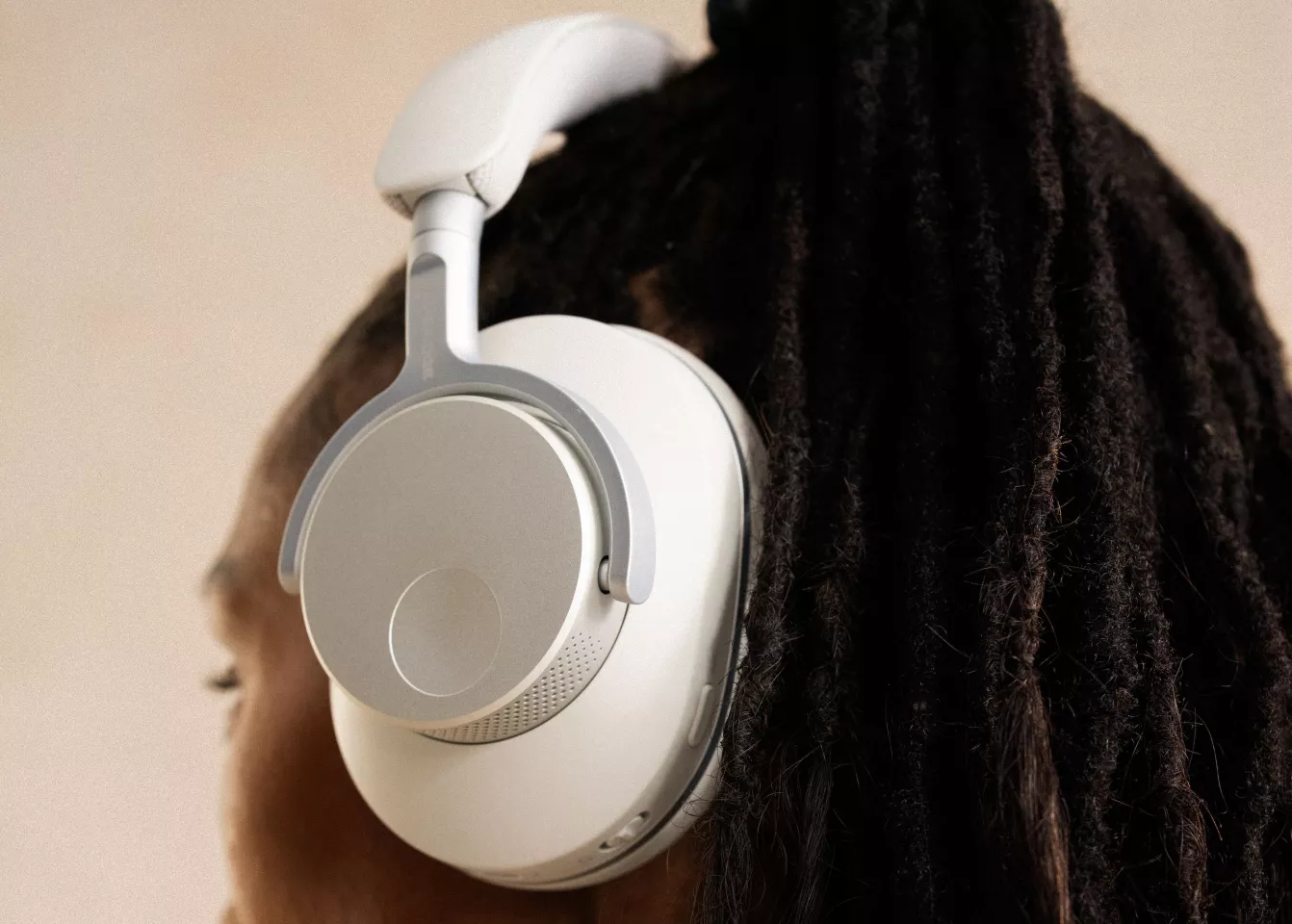
Those P100 headphones have now been joined by a Special Edition release. The revised over-ears still benefit from custom 40-mm three-layer composite drivers rocking neodymium magnets, and the same kind of Class AB amplification found in the company's CX Series hi-fi amplifiers. But the updated cans have been treated to "new tuning for more powerful, immersive playback, improved bass weight, and refined dynamics."
Diving right in
I was sent the all-new beautiful blue colorway for my review, though black or white can also be had. Out of the box, the SE cans offered up a clean punchy sound across an uncluttered, spacious soundstage. Cambridge Audio has reportedly pumped up the bass end for a more impactful listen than with the original P100s, as well as giving mids some more pep while boosting the presence for higher frequencies.
The often punishing double-kick madness found in much of the music I seem to be listening to these days was delivered with enough drive to keep me engaged, without muddying the clarity of instruments and vocals occupying higher frequencies. The sonic spread for less thunder-driven tracks was equally pleasing, with lots of room across the stereo image for each instrument to shine.
Firm favorites like Pat Metheny's Cathedral in a Suitcase and Money by Pink Floyd were delivered with precision and spacious refinement. The headphones even managed to reveal details in fairly busy tracks such as Crumplepenny – from the multi-dimensional wizardry of Ed Wynne (Ozric Tentacles) – that I'd not previously registered during more casual listening.
Hindsight is a wonderful thing, and looking back to the very first track I played through these headphones has me wondering what the hell I was thinking. The volume out of the box was startlingly loud, and not knowing this beforehand I made the rookie error of selecting American Sleep by Clutch as my opening gambit, instead of something far less jarring – even RATM's Bombtrack would have been a quieter entry to the music marathon to come.
Digital dynamics
The Special Edition launch also brings the company's own DynamEQ technology to the over-ear listening party, which dynamically adjusts bass and treble frequencies "so every track sounds full and natural" even at low volumes.
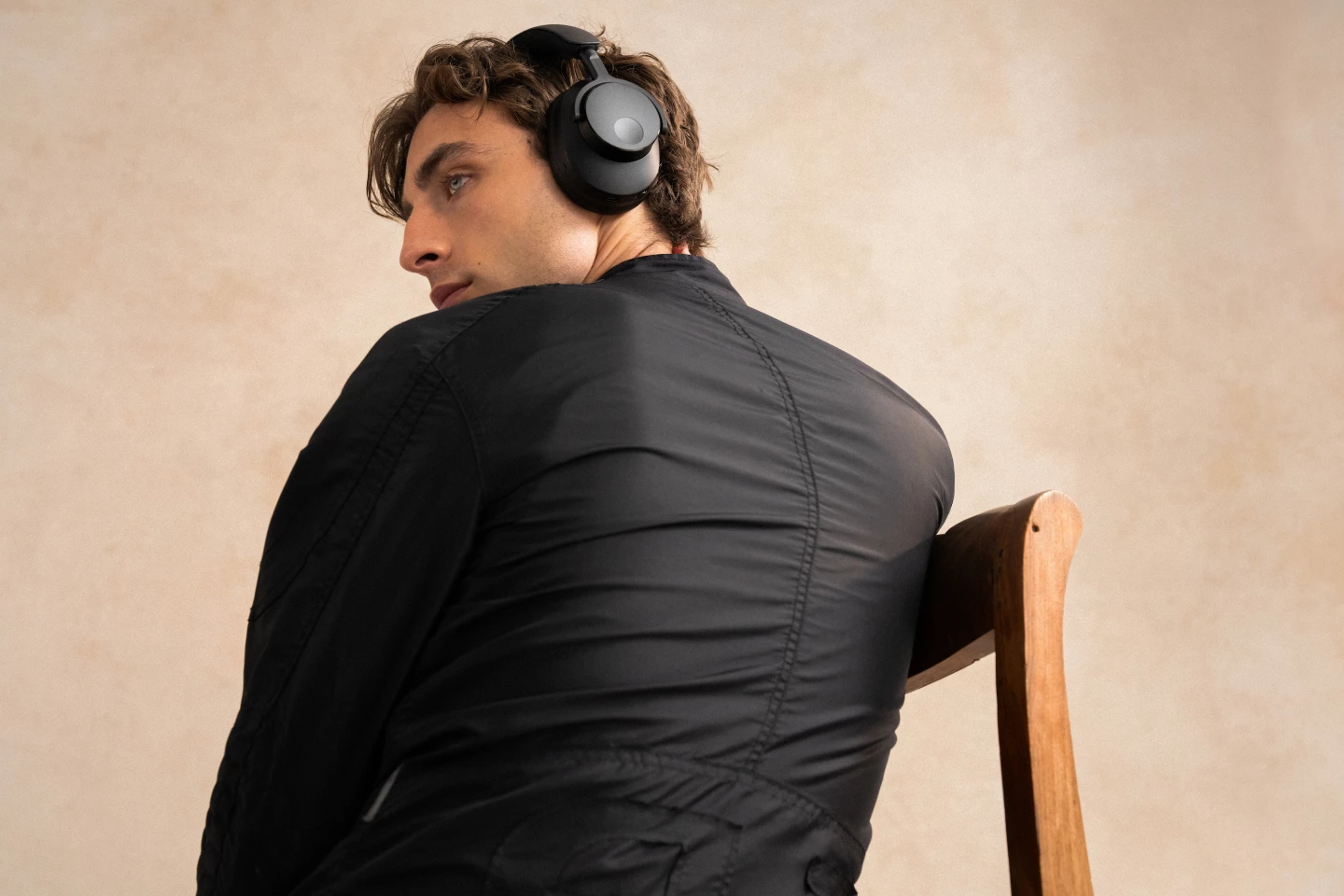
Cards on the table time. For most of my listening sessions I tend to aim for a pretty flat response, perhaps because I want to hear the kind of sound the artists want me to hear without any of my amateur EQ meddling. After all, these guys can spend an eternity making minor adjustments here and there before they're happy to release tracks into the wild – and then I storm in with my fader frolicking and ruin everything.
However, it is good to have the opportunity to tweak if I want to, and this can be undertaken through the updated Melomania Connect app. There are now six genre presets as well as manual adjustment via the seven-band equalizer - the default setting is the flat preset.
Cambridge Audio also has DynamEQ active by default, but this can be disabled using the app. So with DynamEQ toggled on, the original mix gets interfered with in the name of clarity and drive. This pushes treble and bass forward a little for a more aggressive punch at lower output levels while pulling them back a bit for more balanced playback at higher volumes.
Switching between on and off for this feature revealed that the change in delivery was quite subtle, but the mid zone occupied by guitars and vocals did take a small step back in the mix when the volume was lower. And though the digital remixing at higher output levels certainly happens, it was much less noticeable.
I have to say that I really like Cambridge Audio's refined sonic signature, and the SE headphones sounded great whether this feature was on or not. But if I had to choose, my preference would be for the feature to be disabled when listening to familiar favorites in a quiet space – with or without ANC powered on. Though it could have gone either way when hearing new songs for the first time.
As I entered areas where background noise threatened to creep in and spoil the listening session, I appreciated having both ANC and DynamEQ helping me to focus on the music without necessarily needing to crank up the volume.
In the end, I suspect that this kind of digital manipulation – even when it's done very well, which is the case here – will be very much down to personal preference. As such, I'd recommend giving both modes a try and choose your own particular poison. I know... not particularly helpful, but as I said – either way I found the listening experience to be excellent.
The companion app can also be used to check battery level, set levels of ANC (high, medium or low), activate or deactivate wear detect and gaming modes, access the user guide, and update firmware.
Interestingly, as with the original P100 headphones, actor/comedian Matt Berry provides the audio feedback when the "Southwark" option is chosen via the app, which brought back fond memories of the hit sitcom Toast of London and prompted a cheeky grin from me every time the system had something to say.
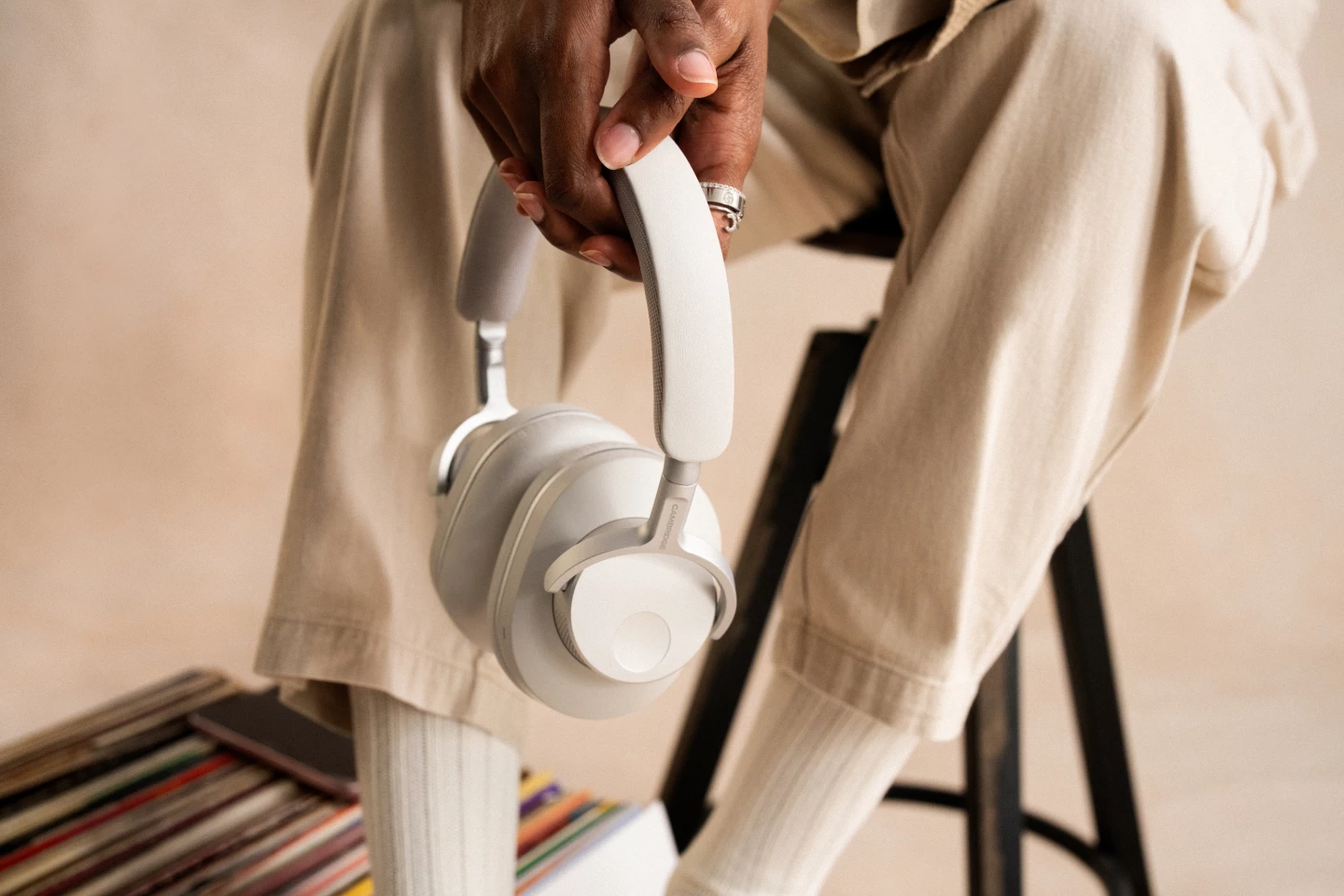
Big battery
The headline feature here is of course the monstrous battery life of 60 hours per charge with ANC on, and up to 100 hours in normal mode. I've been playing tracks at moderate volume in wireless mode – with ANC active – for a couple of hours each day over the last few weeks and still have more than 50% of charge remaining. Marvelous.
The batteries are user-replaceable too, which is always good to see and should extend the operational life of these headphones. The plush memory foam earcups can also be replaced when time and wear inevitably take their toll as well.
If you're going to spend all that time with personal loudspeakers attached to your head, comfort is an important consideration. Cambridge Audio says that the headband has been refreshed for this outing, with a recalibrated clamping force promising lighter, more cushioned extended-session comfort across a variety of head shapes.
I can't comment on the original P100s as I've not tried them for any length of time, but I found the SE variant offered a good solid fit at the ears – which helped with passive isolation. I did suffer from long-haul pressure discomfort at the crown of my head though – which was alleviated somewhat by wearing a cap or moving the headband to a slightly different position. The updated headphones weight in at 330 g (11.6 oz).
While the earcups and housing can flop around a bit on the swivel hinges between uses, the size/fit adjustment mechanism proved smooth and solid-feeling. The arms will need to be pushed all the way in before placing the headphones in the (rather large) supplied carry case for storage.
Soundproofing while you walk
A button on the left housing allows the wearer to switch between normal mode (ANC off), full ANC mode, and transparency mode – where outside sounds are allowed through via the six beamforming microphones. Even at the highest ANC setting, the noise cancellation here is not going to be worrying the folks at Sony or Bose too much.
But it did a decent enough job of removing much of the rumble of traffic as I ambled along in the company of Bab L' Bluz, Larkin Poe, Black Sabbath, Eric Gales, Ren, Clutch and many more. Chatter in a crowded room, the grind of metal on train tracks and the boisterous wall of sound backstage at a gig were also effectively subdued but not completely obliterated.
There's no dynamic mode here though, where the headphones would automatically switch between ANC modes depending on the environment the wearer is in. And if music isn't playing, the ANC does hiss a little when active.

The SE headphones feature Qualcomm Snapdragon Sound, with tri-core processing and 32-bit DSP. There's Bluetooth 5.3 connectivity with aptX Lossless for CD-quality wireless playback, plus aptX Adaptive too.
Multi-point pairing caters for simultaneous connectivity to more than one Bluetooth music source, meaning you don't need to unpair and re-pair each time you want to listen to a track on a different device. It also allowed me to take advantage of the EQ and other features in the app running on my smartphone while I played my tunes through a separate digital audio player.
There's a low-latency gaming mode as well, which reportedly cuts lag over Bluetooth to under 80 milliseconds "for near-perfect screen and sound syncing while playing the latest game." I'm not a gamer but did use this feature when watching movies on my smart projector and listening to the soundtrack over Bluetooth.
And playback will pause when the headphones detect they're being removed from the wearer's head, then resume when plonked back on.
Call waiting
The headphones include a dual-microphone echo canceling and noise suppression system from Qualcomm, plus wind noise reduction. When making and taking calls, friends reported that my voice wasn't as clear or as loud compared to when talking directly into the phone but the call quality was solid enough that I didn't need to shout or repeat.
The SE over-ears ship with a USB-C to USB-C cable and a USB-C to 3.5-mm jack cable for dealer's choice of wired modes. Listeners benefit from playback at up to 24-bit/96-kHz resolution when cabled. However, even when plugging into the headphone jack of a source device, the P100 SE's electronics need to be powered on to hear anything (in other words, there isn't a passive analog mode here).
The bottom line
The original Melomania P100 headphones launched just over a year ago, with the epic battery life being universally praised but sonic performance was a bit of a mixed bag in subsequent reviews. Cambridge Audio appears to have taken minor niggles from its user community to heart and this update is the result.
As with the P100s, there's a fingertip-sized recessed dot on the outer housing of each earcup. Given the update nature of the Special Edition release I did wonder if there might be touch functionality here, but there wasn't. Instead, you get actual on-earcup buttons – which is OK with me, as I've yet to find touch-enabled ear candy that hasn't led to misfires or playback mishaps.
On the left are power/pairing and ANC controls, with the latter also serving to mute the microphone during a call or to wake up a phone's voice assistant if needed. The right earcup is where you'll find playback controls, including a function button that's used for taking or rejecting calls as well as pausing music.
I found the sound quality out of the box to be punchy, detailed and engaging. The stereo spread within the headphone cocoon made for a very satisfying listen, particularly when plugged in, but competitor models boasting spatial audio technology might offer a more immersive experience.
The presets available through the app are a useful addition, but you can also adjust the EQ to find your own custom sweet spot if so inclined. The subtle digital manipulation undertaken by DynamEQ pretty much did what was promised on the box, but I appreciated the ability to turn it off. And I'd say that the ANC was good enough for sending the outside world into the background during playback, but those seeking complete isolation may have to look elsewhere.
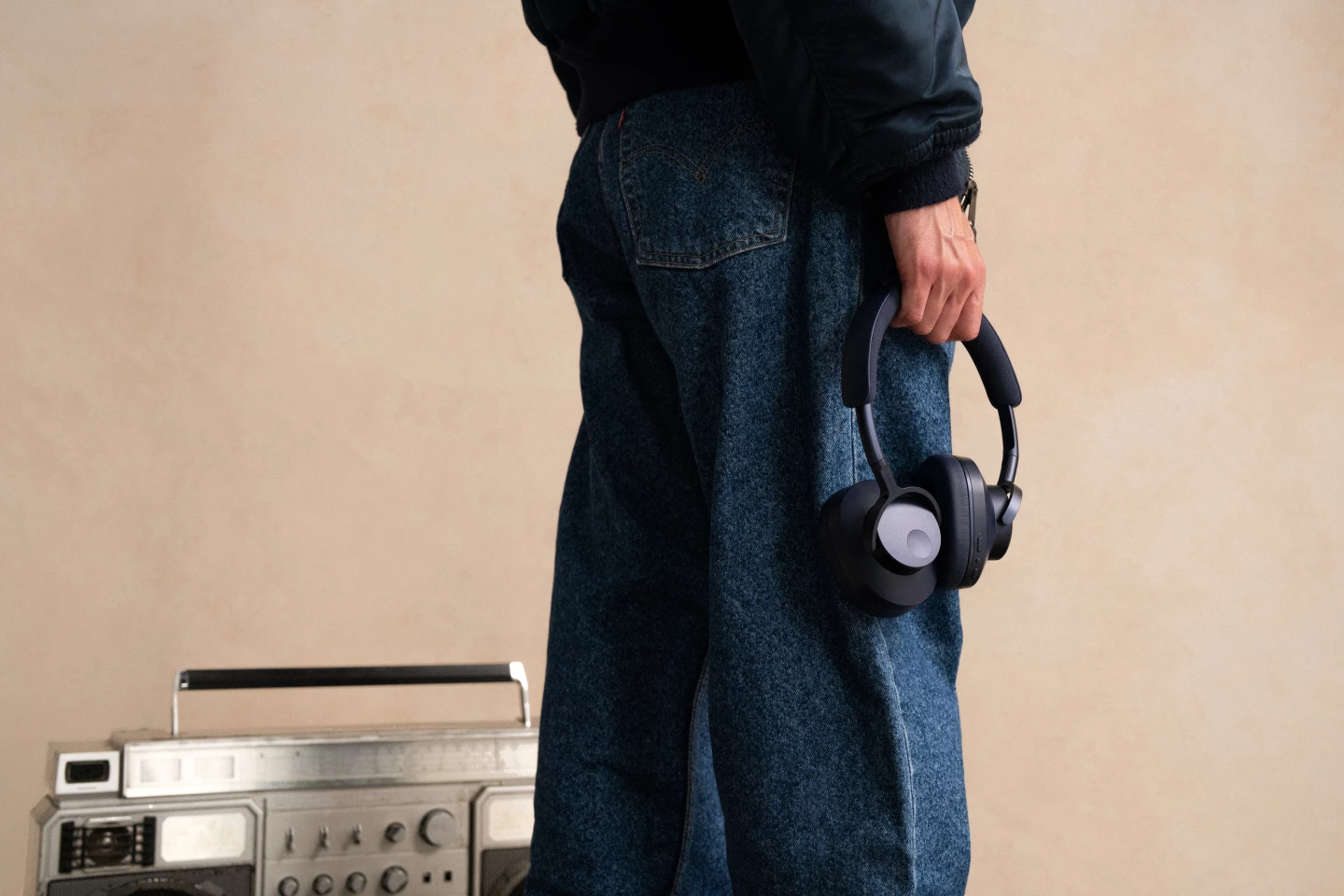
The Melomania P100 SE headphones are available now for US$299 in black, white or blue – with that price including delivery in plastic-free recyclable packaging plus a hard carry case and some cables. They're also available through Amazon.
For what it's worth, the original Melomania P100 headphones are still listed as available, for a ticket price of $239 – so if the upgrades outlined here don't mean much to you, perhaps check out the standard cans first.
Is it worth upgrading to the SE headphones if you're already rocking a pair of the original P100s? Well, either way, you're promised a great listen for an epic amount of time between charges. And though this is a worthwhile update for new buyers, it will probably make more sense to wait for the next-gen flagship before splashing your cash if you already have the P100 headphones.
Product page: Melomania P100 SE
Note: New Atlas may receive a commission from purchases made via links; this does not influence our review. Our reviews are impartial and our opinions are our own.
